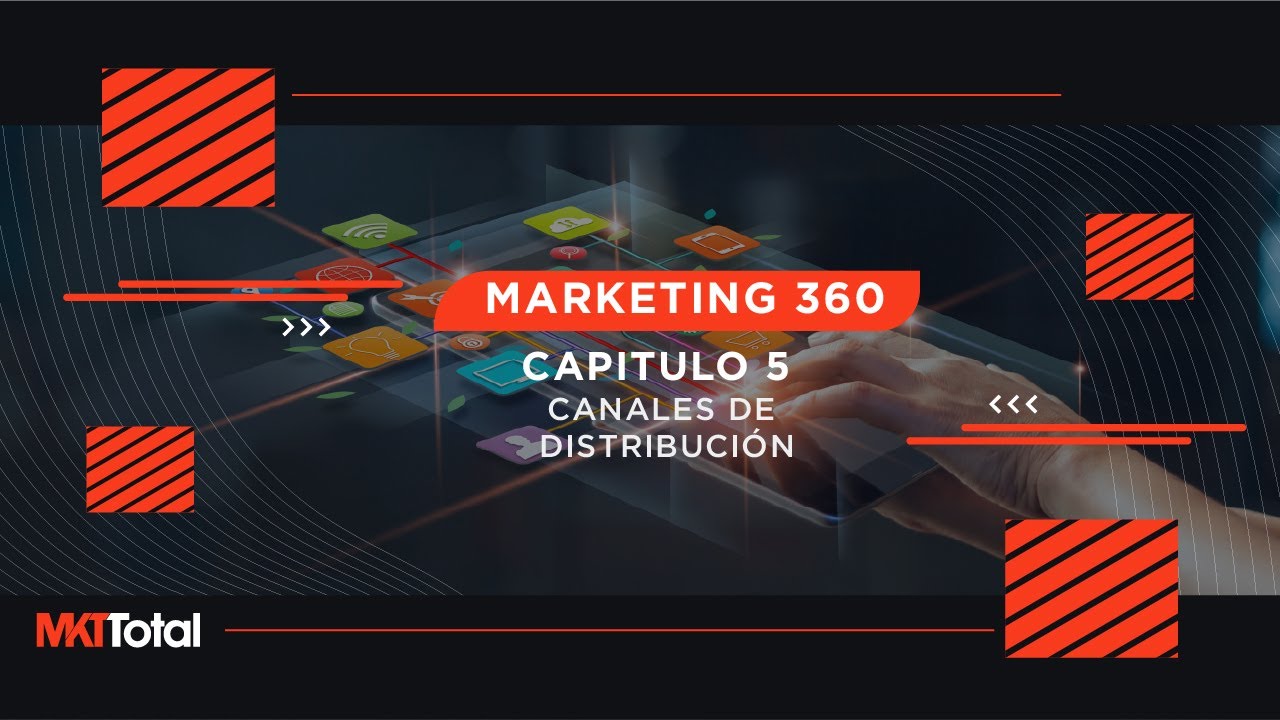23.2 Types of distribution channels
Summary
TLDRChoosing the right distribution channel is crucial for both consumer and industrial products. The video explores four primary channels: direct marketing, retail, wholesaler-retailer, and agent channels, each with distinct advantages and challenges. For consumer products, direct channels offer closer customer relationships, while industrial goods favor direct sales due to customization needs. The dynamics between producers and distributors are complex, involving logistics, financial negotiations, and information management. Successful partnerships require mutual respect and a willingness to adapt, highlighting the intricate balance necessary for effective distribution strategies.
Takeaways
- 😀 Choosing the right distribution channel is crucial for businesses and involves careful consideration.
- 🏬 There are four main types of distribution channels for consumer products: direct marketing, retail distribution, wholesaler channel, and agent channel.
- 🚗 Direct marketing allows producers like Tesla to sell directly to consumers, enhancing customer relationships and experience.
- 🛒 Retail distribution is beneficial for producers like Walmart, who can leverage large trade volumes to buy directly from manufacturers.
- 🔗 The wholesaler channel connects producers to smaller retailers, allowing for broader market reach without managing individual relationships.
- 🤝 Agents are useful for introducing new products, leveraging their sales skills and connections to promote to wholesalers and retailers.
- 💼 For industrial products, direct channels dominate, making up over 50% of sales due to high customization and cost factors.
- ⚖️ Business clients prefer direct contact with suppliers to mitigate risks, even if it means higher costs.
- 📦 Logistics, financials, and information exchange are critical dimensions in producer/distributor relationships, with ongoing negotiations on pricing and terms.
- 🔍 Information control is a challenge as distributors often hold valuable customer data, complicating the relationship between producers and distributors.
Q & A
What are the four types of distribution channels for consumer products?
-The four types of distribution channels for consumer products are: direct marketing channels, retailer channels, wholesaler channels, and agent channels.
What is the main advantage of direct marketing channels?
-The main advantage of direct marketing channels is that producers can establish a direct relationship with clients, allowing them to own customer data and manage the customer experience effectively.
How does Tesla utilize direct marketing channels?
-Tesla uses direct marketing channels by allowing customers to order their Model S directly from the company's website, thereby cutting out the middleman and avoiding dealer commissions.
Why do larger retailers like Walmart purchase directly from producers?
-Larger retailers like Walmart purchase directly from producers because they have significant trade volumes, which enables them to negotiate better terms and prices.
What role do wholesalers play in the distribution process?
-Wholesalers act as intermediaries between producers and retailers, helping producers reach smaller retail outlets that may not have the capacity to purchase directly due to lower trade volumes.
How do agents assist in the distribution of new products?
-Agents assist in the distribution of new products by leveraging their connections and strong sales skills to communicate with wholesalers and retailers, convincing them to carry and sell the new product.
What distinguishes the direct channel for industrial products from that for consumer products?
-The direct channel for industrial products accounts for over 50% of sales due to the high cost and customization of these goods, leading businesses to prefer direct contact with suppliers to mitigate risks.
What are the three main dimensions of the relationship between producers and distributors?
-The three main dimensions of the relationship between producers and distributors are logistics, financials, and information.
Why can financial negotiations between producers and distributors be complicated?
-Financial negotiations can be complicated because they involve ongoing discussions about discounts, pricing for end customers, and payment terms, which can vary significantly and impact the relationship.
What is a significant drawback of working with distributors regarding customer information?
-A significant drawback of working with distributors is that they may hold customer information and may refuse to share it with producers, which can hinder producers' understanding of their customers.
Outlines

このセクションは有料ユーザー限定です。 アクセスするには、アップグレードをお願いします。
今すぐアップグレードMindmap

このセクションは有料ユーザー限定です。 アクセスするには、アップグレードをお願いします。
今すぐアップグレードKeywords

このセクションは有料ユーザー限定です。 アクセスするには、アップグレードをお願いします。
今すぐアップグレードHighlights

このセクションは有料ユーザー限定です。 アクセスするには、アップグレードをお願いします。
今すぐアップグレードTranscripts

このセクションは有料ユーザー限定です。 アクセスするには、アップグレードをお願いします。
今すぐアップグレード5.0 / 5 (0 votes)






